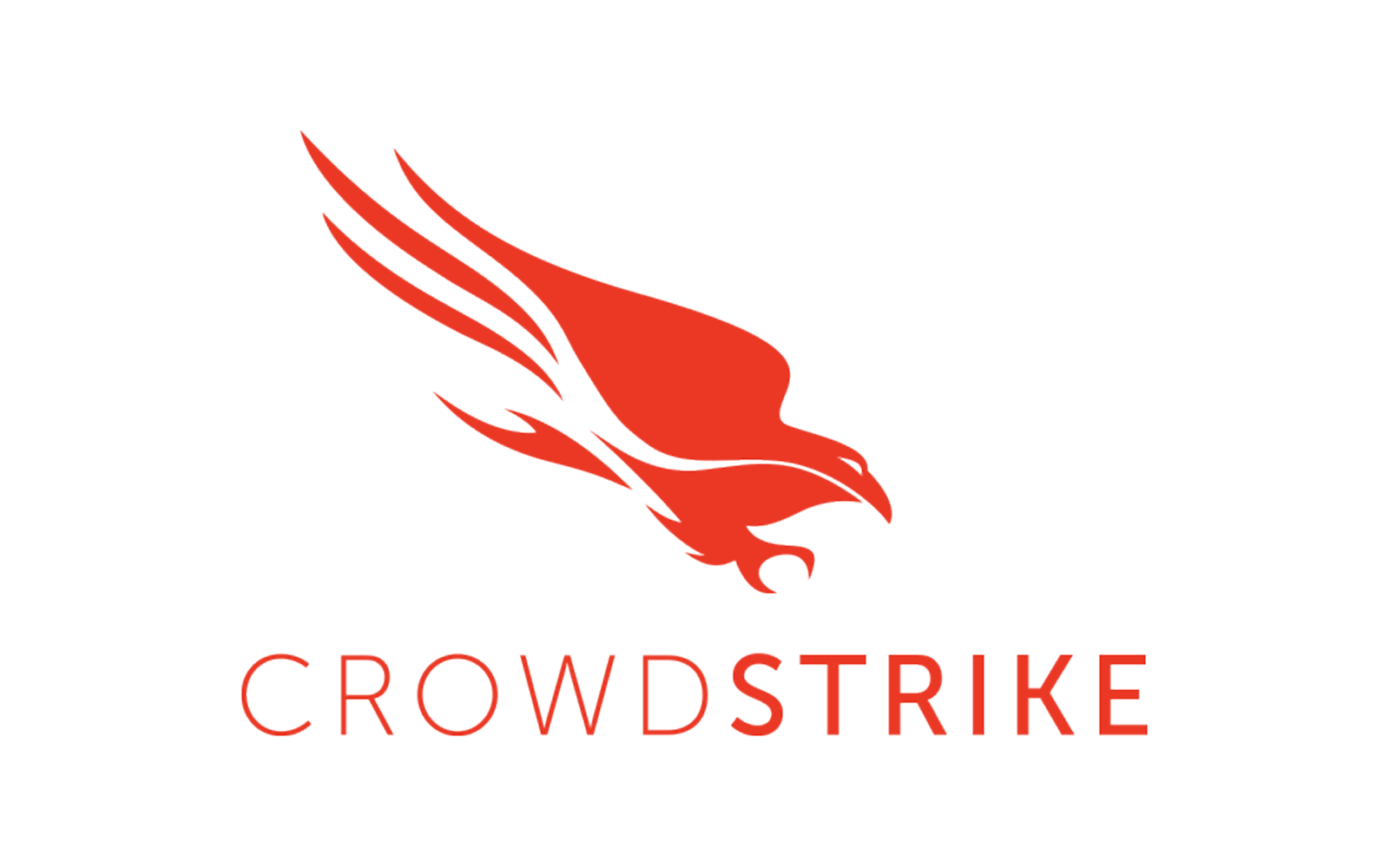
In the ongoing evolution of enterprise IT, the balance has always shifted between control and complexity, cost and capability. For most of the past two decades, CIOs have managed environments built from highly specialized and functionally siloed components. Storage, compute, networking, and operations were each managed by dedicated teams. These systems were assembled over time through a mix of acquisitions, vendor preference, and historical convention. The prevailing logic was that selecting the best component in each category would deliver the best overall system.
That logic no longer applies.
We are now in the midst of a profound transformation in enterprise infrastructure strategy. The age of cobbled-together products is giving way to a new operating model: infrastructure as an integrated platform. At the forefront of this change is VMware Cloud Foundation version 9.0. This release represents a shift not only in software architecture, but in strategic thinking. VMware has moved away from selling disjointed products and toward delivering a unified platform experience.
This shift has broad implications for CIOs. It redefines how infrastructure is built, how teams operate, and how digital transformation initiatives scale.
From Tools to Platform Strategy
In the past, VMware’s product lineup was structured around discrete capabilities. Customers would deploy vSphere for compute virtualization, vSAN for storage, NSX for networking, and vRealize for management. Integration across these components was left to the customer. The result was operational fragmentation and an increasingly unmanageable lifecycle burden. Upgrades were manual, configurations were inconsistent, and security policies varied across stacks.
VMware Cloud Foundation 9.0 eliminates this complexity. The platform brings these elements together under one lifecycle-managed framework. VMware has refocused its engineering organization to prioritize integration over modularity. Every component in the platform now operates as part of a coherent system, governed through a single management plane.
For CIOs, this removes an enormous amount of operational friction. Instead of stitching together solutions and managing divergent patch cycles, teams can now operate against a unified architecture that is built to evolve in sync.
This is not just an improvement in convenience. It is an essential response to modern requirements around agility, security, and application modernization.
Platform Thinking as a Strategic Imperative
The transition from products to platforms is not merely a vendor repositioning. It reflects a deeper shift in what modern infrastructure must be capable of delivering. Today’s environments must support rapid provisioning, built-in automation, seamless hybrid operations, and secure support for AI workloads. Siloed architecture cannot meet these demands at scale.
CIOs must now lead with a platform mindset. That means replacing tool selection with systems thinking. It means evaluating infrastructure not on its individual capabilities but on its ability to operate as an integrated whole. It also requires a cultural shift within IT organizations. Platform thinking encourages cross-functional operations, greater automation maturity, and alignment with product-centric delivery models.
The advantage of a platform is not just that it works. The advantage is that it works together.
Broadcom’s Reinvention of the VMware Roadmap
Broadcom’s acquisition of VMware has accelerated this shift. The company has made significant investments in realigning the VMware portfolio around a platform-first philosophy. Rather than focusing on feature parity across products, Broadcom has committed to building a resilient, integrated control plane for private cloud infrastructure.
This includes full-stack automation through SDDC Manager, consistent policy enforcement across storage and networking, integrated security frameworks, and built-in readiness for AI and GPU-driven workloads. These features are not superficial enhancements. They are the result of deliberate design choices made possible by platform architecture.
CIOs evaluating VMware Cloud Foundation today are not evaluating another hypervisor or another management interface. They are evaluating a comprehensive foundation for running enterprise IT with scale, security, and long-term efficiency.
What CIOs Must Do Next
For CIOs, this platform transformation represents a decision point. Continuing to manage infrastructure as a collection of independent tools introduces friction, fragility, and cost. It constrains the speed of innovation and increases the risk surface. It also creates an organizational burden by locking teams into siloed responsibilities and disconnected workflows.
The alternative is to architect for cohesion. This does not mean standardizing on a single vendor for the sake of simplicity. It means prioritizing infrastructure that is designed to operate as a system. VMware Cloud Foundation 9.0 offers that system. It offers unified deployment, secure automation, workload portability, and integrated support for traditional and modern applications.
Platform thinking allows CIOs to align infrastructure strategy with broader business goals. It makes it possible to support development velocity, compliance at scale, and operational predictability without multiplying complexity.
Final Perspective
The infrastructure conversation is no longer about who has the best product in each category. It is about which platform can deliver integrated outcomes that support the entire enterprise. VMware Cloud Foundation 9.0 is built on this principle. For CIOs preparing for the next decade of IT evolution, this is not just a recommendation. It is a prerequisite.
Key takeaway: The next wave of IT modernization will not come from best-of-breed. It will come from best-integrated. Platform thinking is no longer optional. It is essential.








.png)


-1.png)

-1.png)


.png)